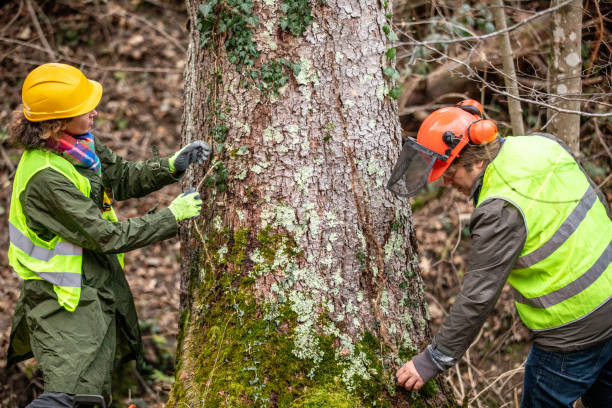What is a Tree Management Plan in Melbourne?
Tree Life Melbourne is an invaluable resource that offers numerous benefits to the city’s environment and community. Trees in the urban forest provide habitat for wildlife, improve air quality, reduce urban heat island effects, and support biodiversity. In this article, we will explore what tree life in Melbourne’s urban forest can teach us about sustainability and biodiversity.
The Importance of Sustainable Management of Tree Life Melbourne
Sustainable management of Melbourne’s urban forest is crucial for maintaining its health and ensuring it continues to provide benefits to the environment and community. This section will explore:
The impact of climate change on Melbourne’s urban forest: Climate change is a significant threat to the health and sustainability of Melbourne’s urban forest. Rising temperatures, drought, and extreme weather events can damage trees and reduce their ability to provide benefits to the environment and community.
The importance of biodiversity in Melbourne’s urban forest: The urban forest in Melbourne is home to a diverse range of tree species, and it plays a crucial role in preserving biodiversity. Biodiversity is essential for maintaining a healthy ecosystem and providing habitat for a wide range of wildlife.
Sustainable management practices for Tree Life Melbourne: Sustainable management practices for Melbourne’s urban forest include planting native species, reducing water use, and using organic methods to control pests and diseases.
The Role of Trees in Supporting Biodiversity in Melbourne
Trees in Melbourne’s urban forest play a vital role in supporting biodiversity, providing habitat for wildlife, and preserving ecosystems. This section will explore:
The importance of preserving biodiversity in urban areas: Preserving biodiversity in urban areas is essential for maintaining a healthy environment and supporting the wellbeing of the community.
The role of trees in providing habitat for wildlife: Trees in Melbourne’s urban forest provide habitat for a wide range of wildlife, including birds, insects, and small mammals.
The impact of urbanization on biodiversity: Urbanization can have a significant impact on biodiversity, including habitat loss and fragmentation.
The Benefits of Trees for Sustainable Development in Melbourne
Trees in Melbourne’s urban forest provide numerous benefits for sustainable development, including:
Air quality improvement: Trees in Melbourne’s urban forest absorb pollutants and improve air quality, which is essential for the health and wellbeing of the community.
Energy conservation: Trees in Melbourne’s urban forest provide shade, reducing the need for air conditioning and energy consumption.
Climate change mitigation: Trees in Melbourne’s urban forest sequester carbon dioxide from the atmosphere, helping to mitigate the impact of climate change.
Sustainable Practices for Managing Melbourne’s Urban Forest
Sustainable practices for managing Melbourne’s urban forest are crucial for ensuring its health and preserving its benefits for the environment and community. This section will explore:
Urban tree planting programs: Urban tree planting programs are a crucial component of sustainable management practices for Melbourne’s urban forest. These programs focus on planting native species and reducing water use.
Organic pest and disease control: Using organic methods to control pests and diseases is essential for sustainable management of Melbourne’s urban forest. Chemical pesticides and herbicides can have negative impacts on the environment and human health.
Water conservation practices: Water conservation practices, such as rainwater harvesting and reducing water use, are essential for sustainable management of Melbourne’s urban forest.
Lessons Learned from Melbourne’s Urban Forest
Melbourne’s urban forest provides a valuable resource for understanding sustainability and biodiversity. By recognizing the role of biodiversity in urban areas, the importance of sustainable management practices, and the benefits of trees for sustainable development, we can apply these lessons to other urban areas around the world. By working to preserve and protect urban forests, we can ensure that they continue to provide benefits for future generations.



